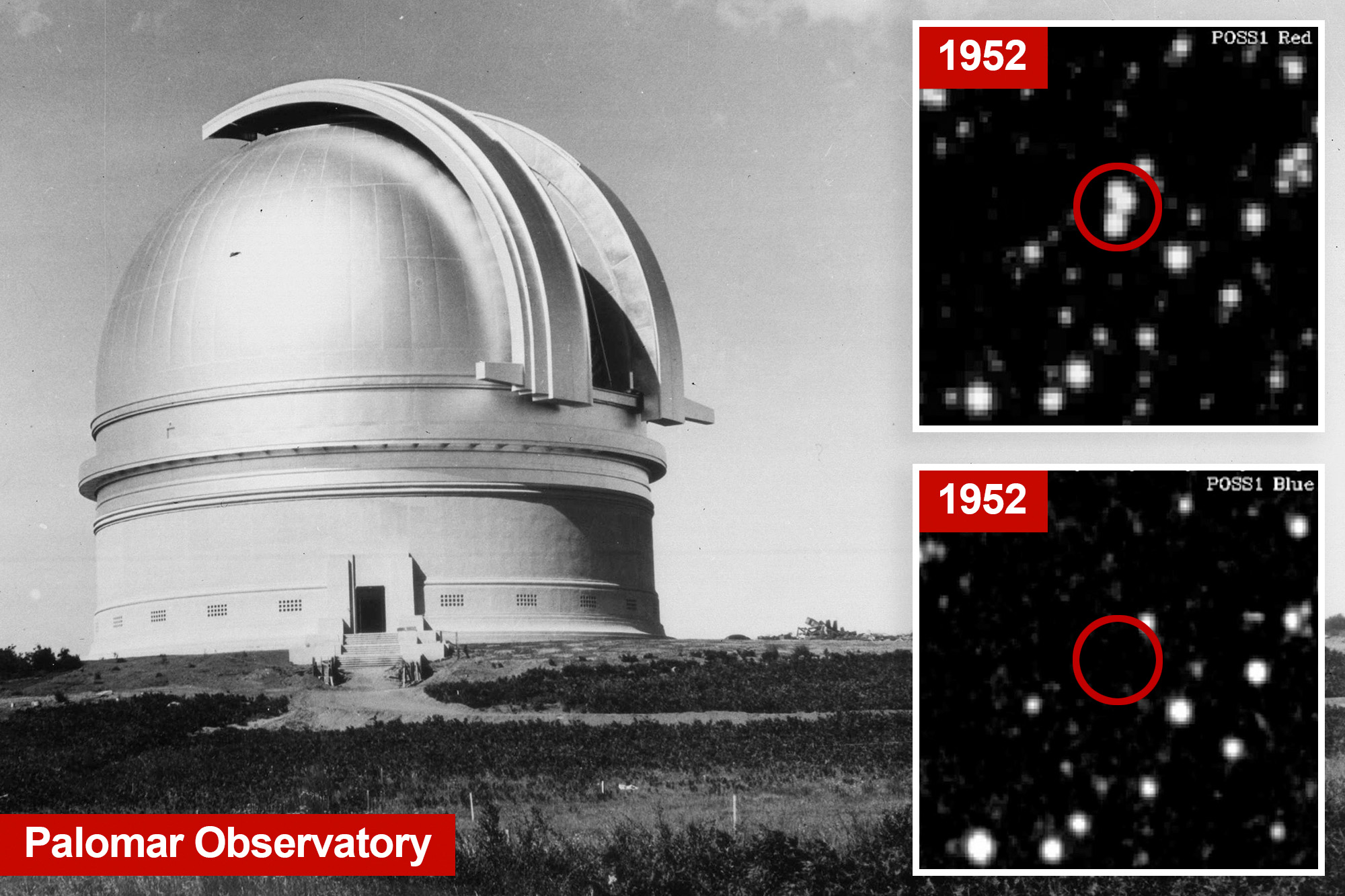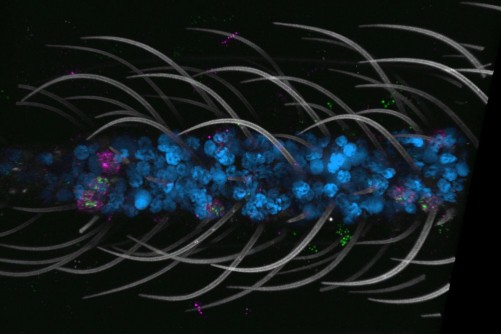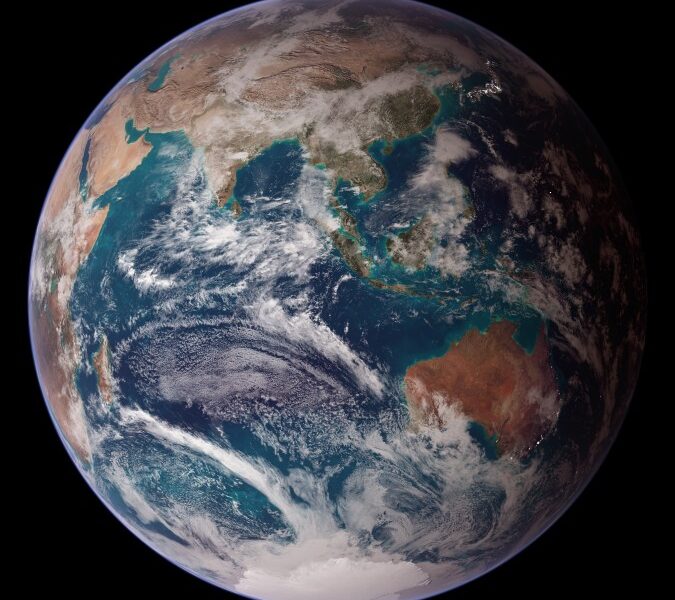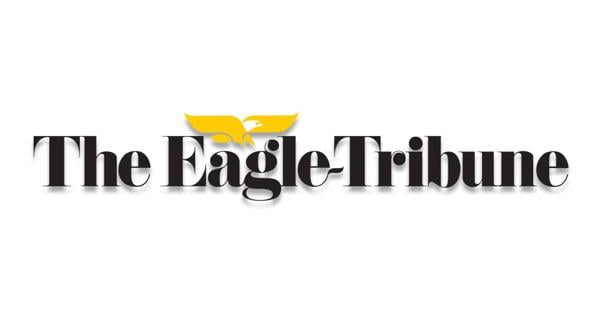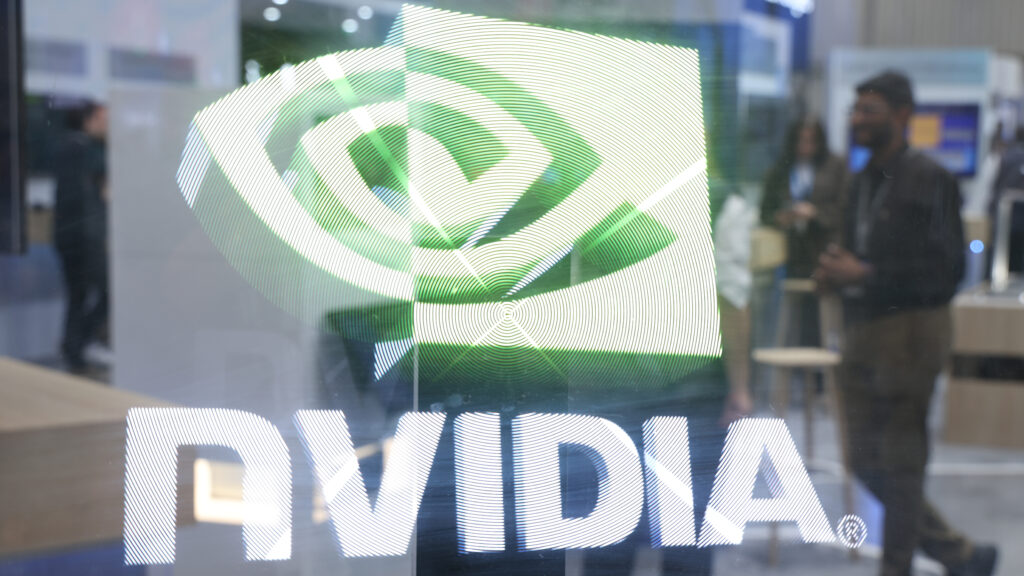A pair of recent studies has revealed the potential presence of unidentified flying objects (UFOs) in photographs taken during the 1950s, prior to the launch of artificial satellites. Research led by astronomer Beatriz Villarroel from the Nordic Institute for Theoretical Physics suggests that “transients,” or fleeting star-like objects, captured in historic photographic plates may represent extraterrestrial visitors.
The studies, published in Nature’s Scientific Reports and the Publications of the Astronomical Society of the Pacific, examined approximately 2,000 photographic plates taken between 1949 and 1958 at the Palomar Observatory in California. These images were part of the Palomar Sky Survey, one of the first detailed astronomical surveys of its kind. Notably, the photographs were taken before any man-made satellites or spacecraft were in orbit.
Villarroel’s team utilized machine learning and imaging processing techniques to analyze the brightness of the objects on the plates, identifying around 107,000 transient lights. While some of these transients were attributed to errors or aberrations, thousands remain unexplained. The findings indicate a potential link between these unidentified objects and reports of UFO sightings, particularly those occurring during significant historical events.
One notable correlation highlighted in the research was between transients and the famous Washington DC UFO Incident of July 1952. During this period, hundreds of reports of flying saucers emerged over the nation’s capital. The study found that multiple bright transients were recorded on July 19 and 27, coinciding with these sightings, which remain unsolved to this day.
The papers also revealed a disturbing association between the appearance of transients and nuclear tests. Specifically, the research indicated that transients were 45% more likely to occur within 24 hours of a nuclear testing event. The final recorded instance of a transient observed in relation to nuclear testing was on March 17, 1956, the day following the Joe 21 nuclear test in Russia, as noted by researchers from the University of Columbia.
In another fascinating observation, Villarroel’s team reported that several transients appeared aligned in a straight line across a photographic plate, a phenomenon they argue is unlikely to occur through known natural occurrences. The implications of these findings are profound, as the papers conclude that UFO sightings are “significantly” associated with nuclear weapons testing windows.
Overall, the research presents compelling evidence that supports the hypothesis of a connection between these transient objects and both nuclear activity and reports of unidentified aerial phenomena. As the investigation continues, the implications for our understanding of aerial phenomena and potential extraterrestrial life remain a topic of significant interest.

